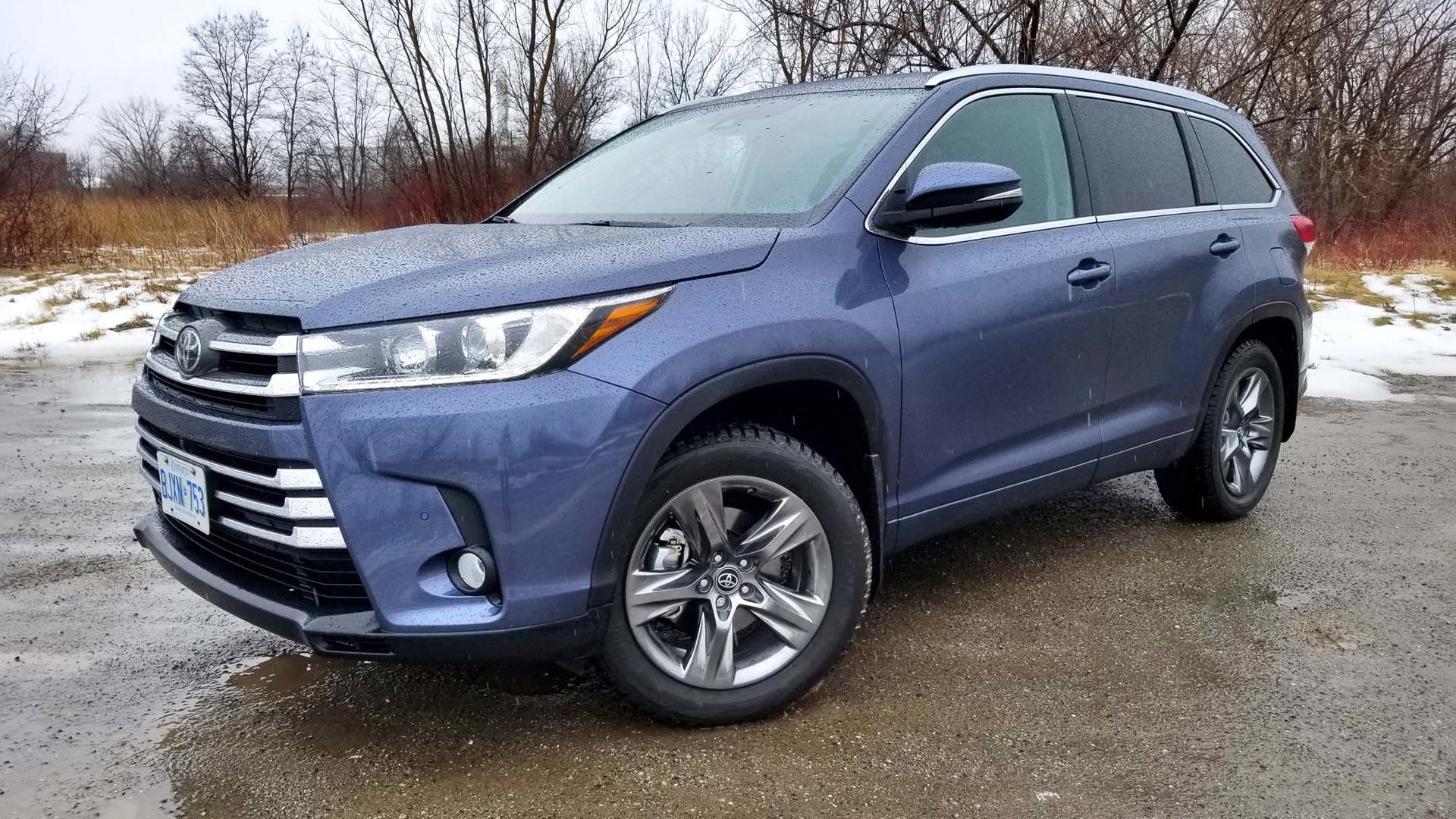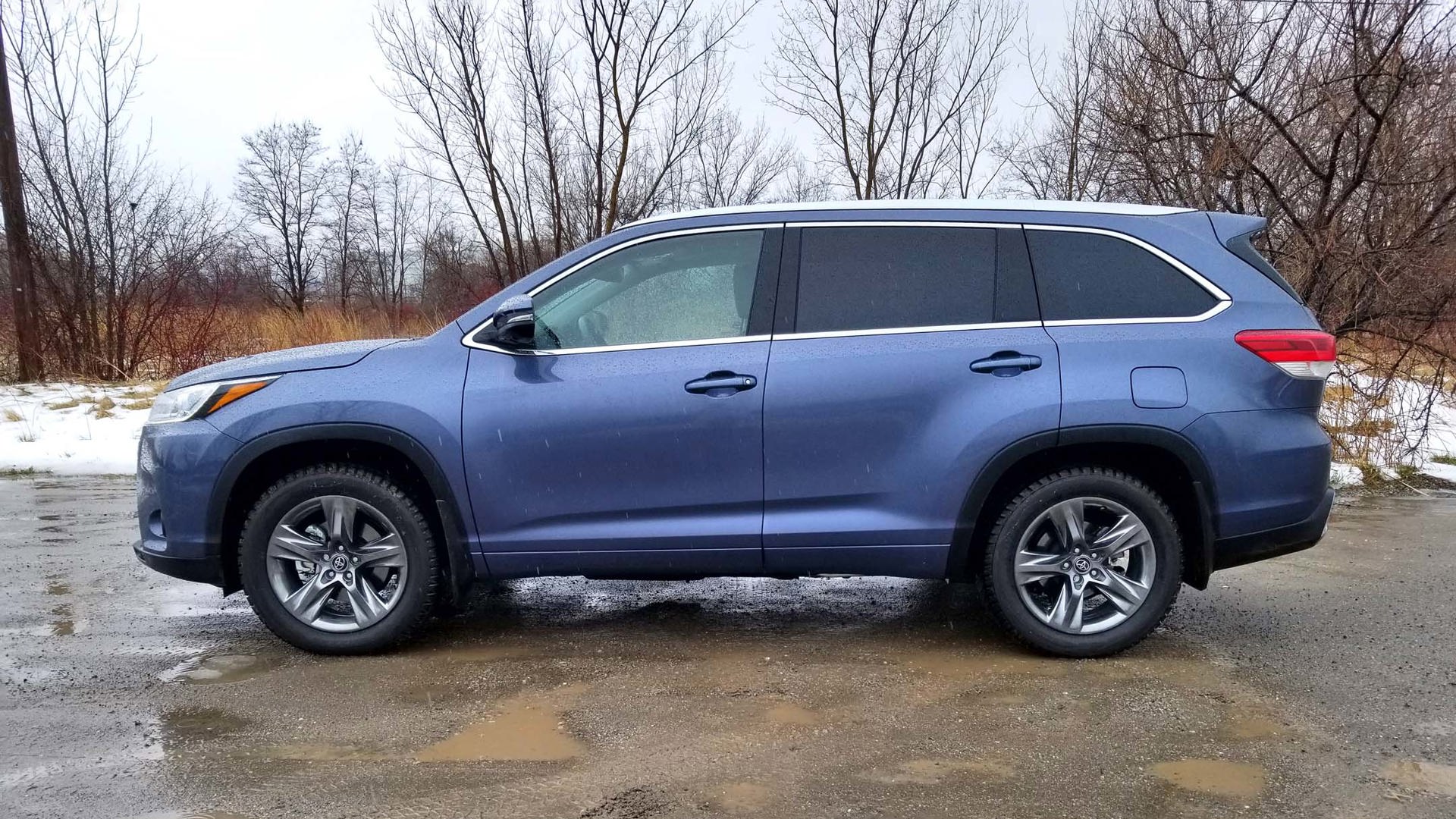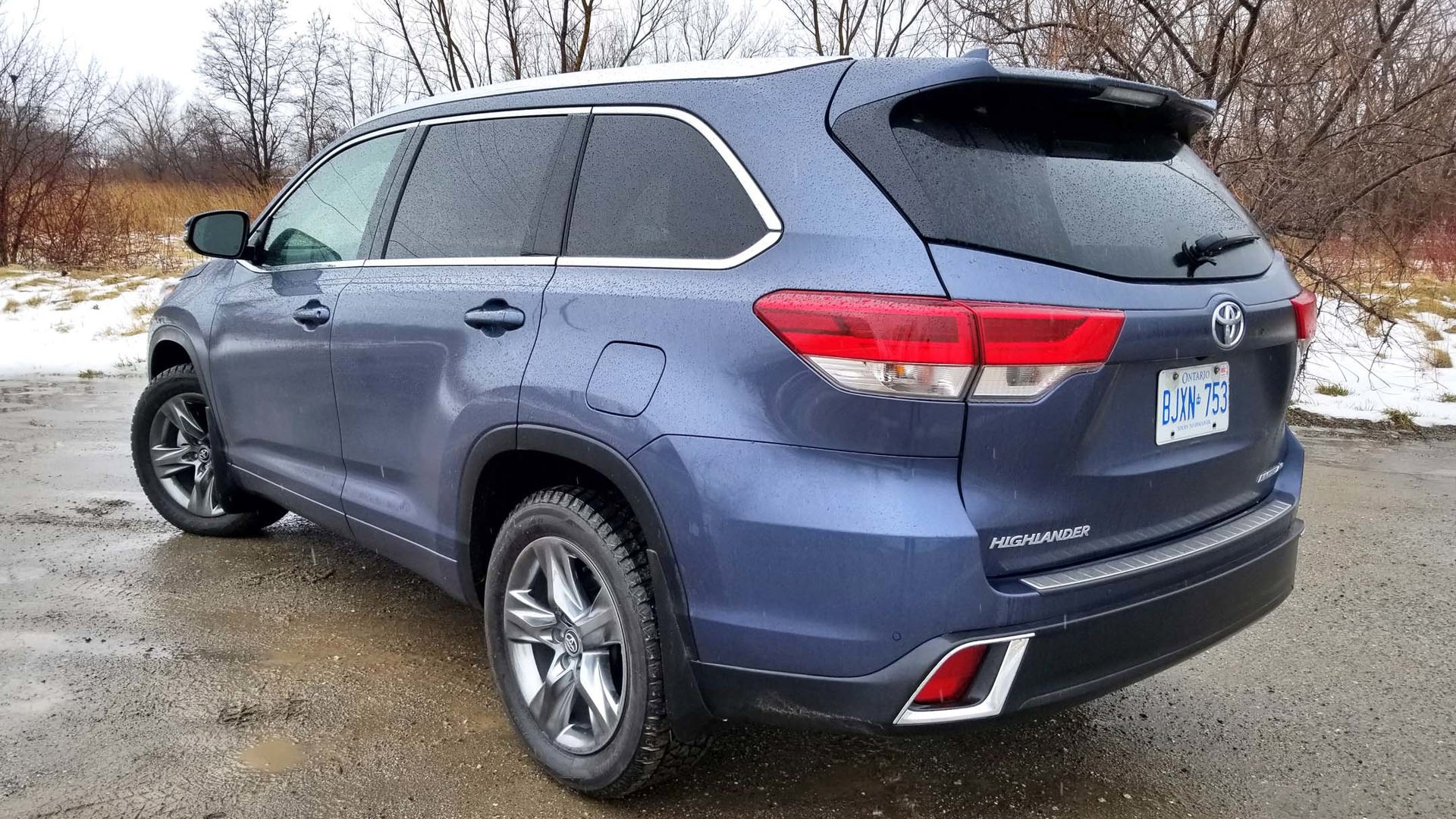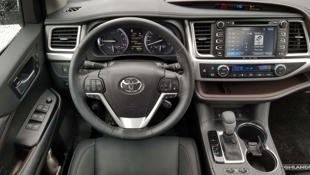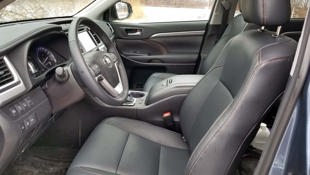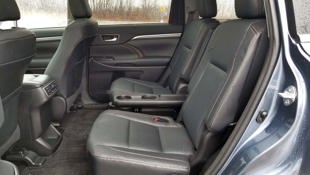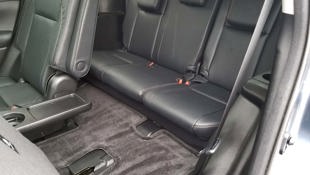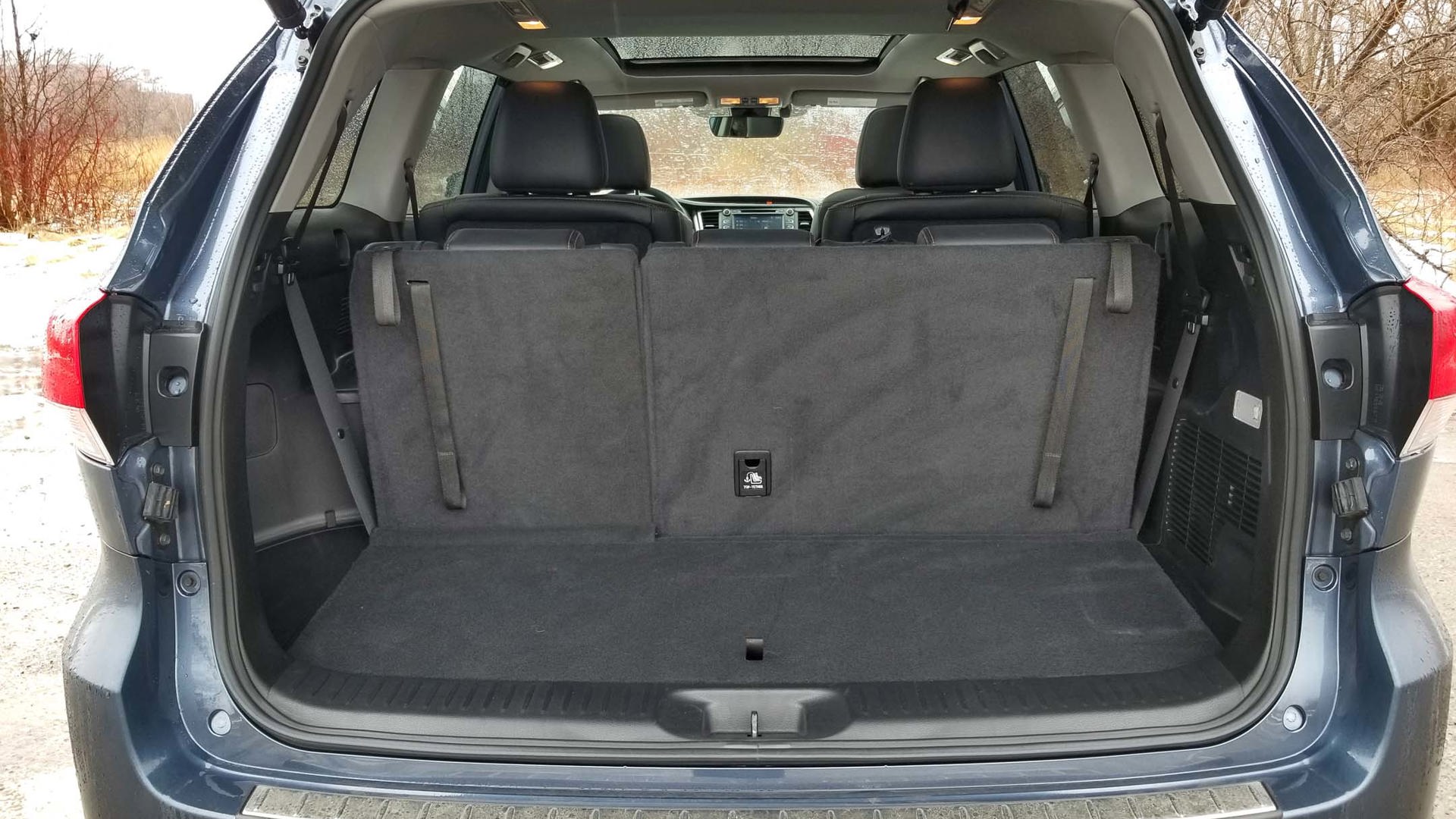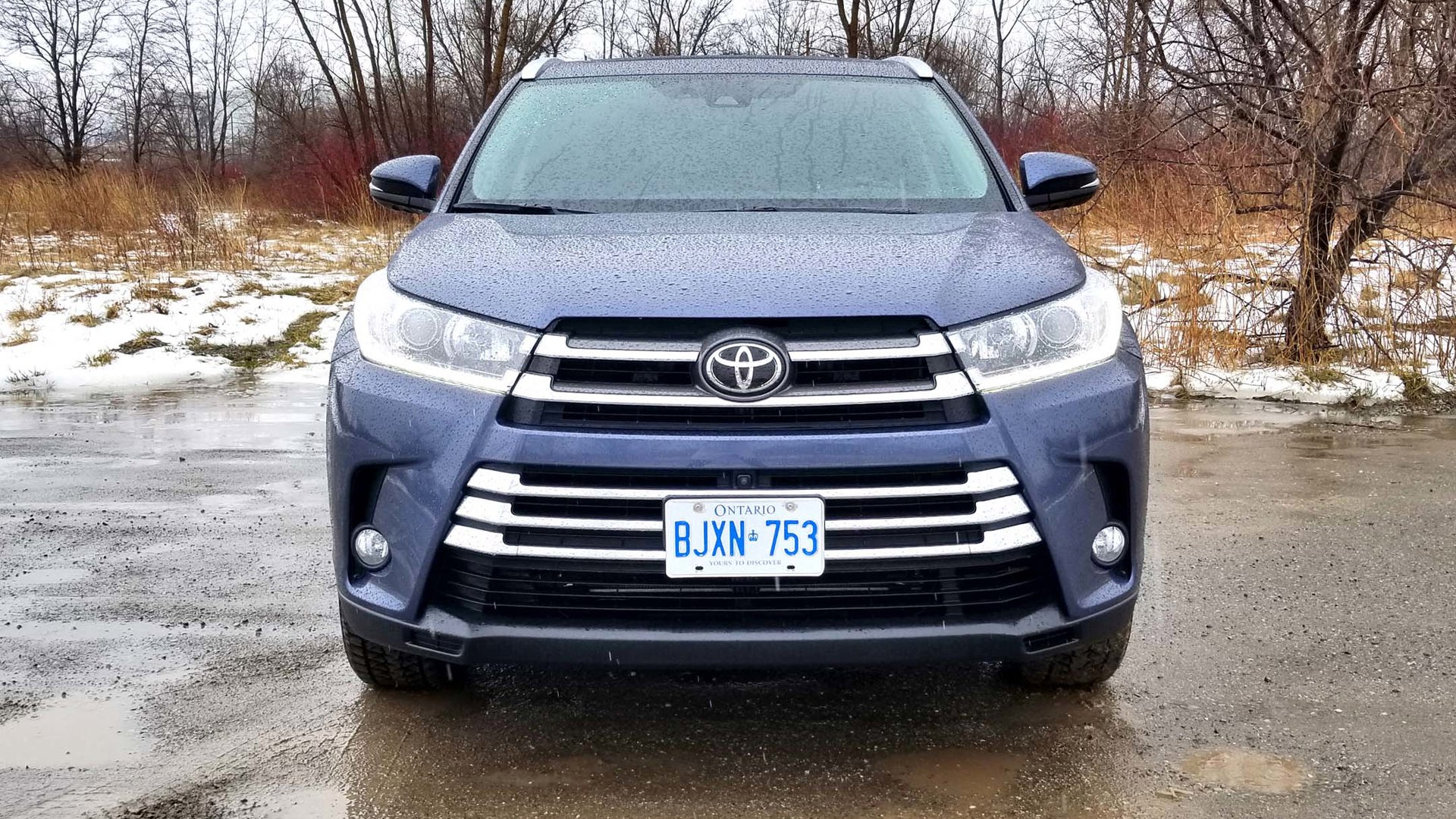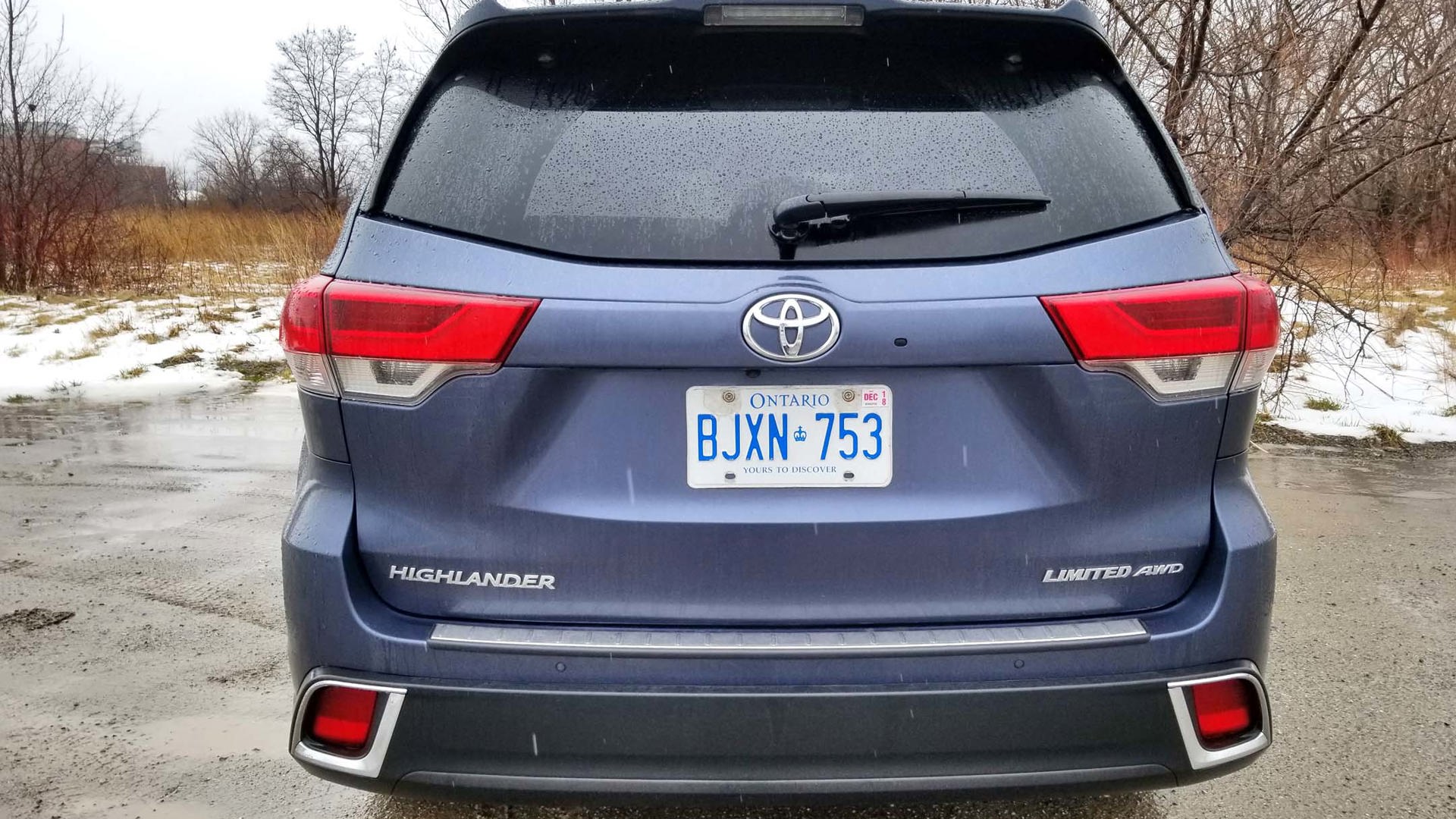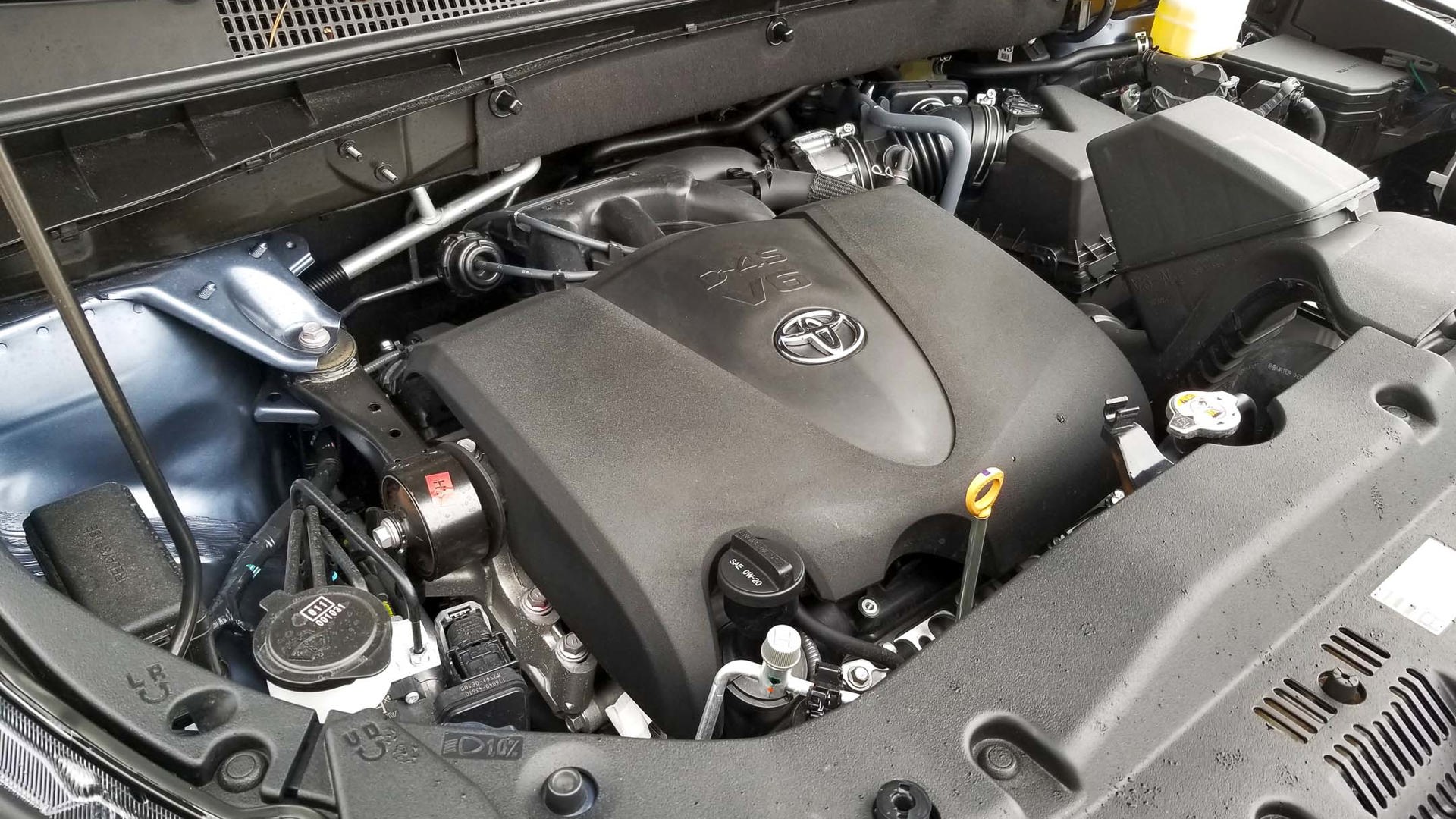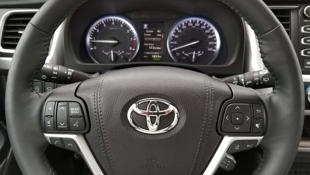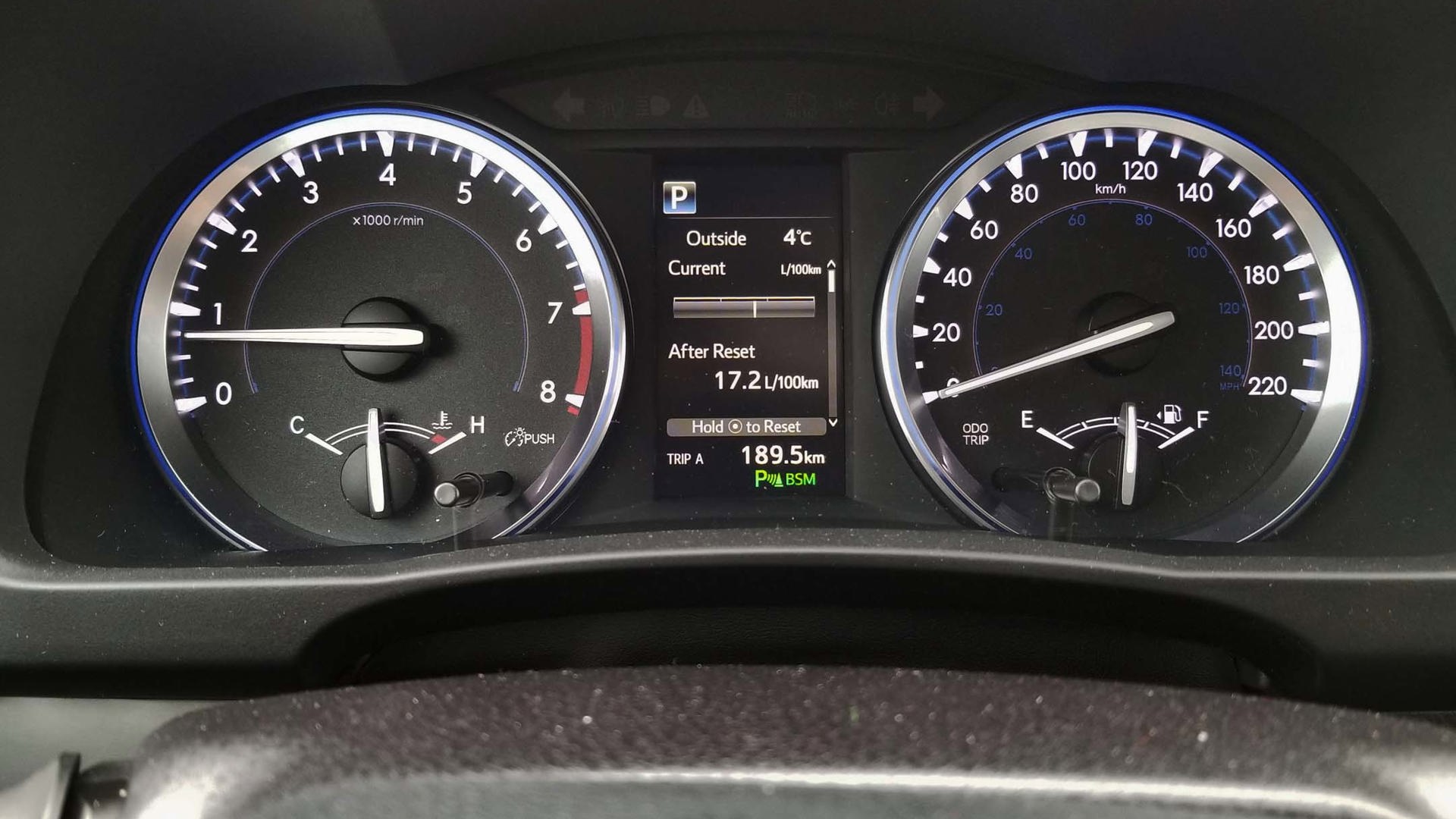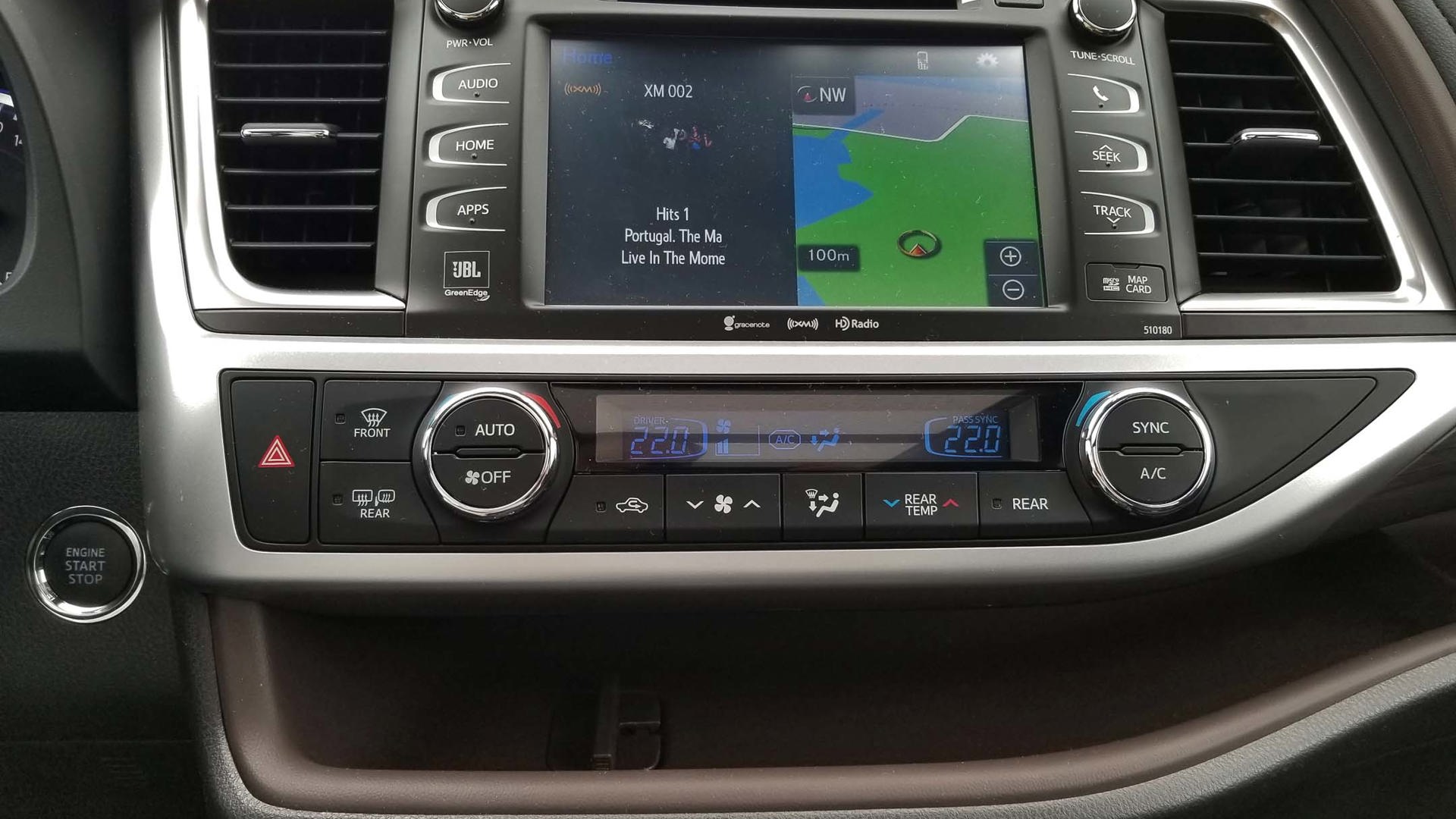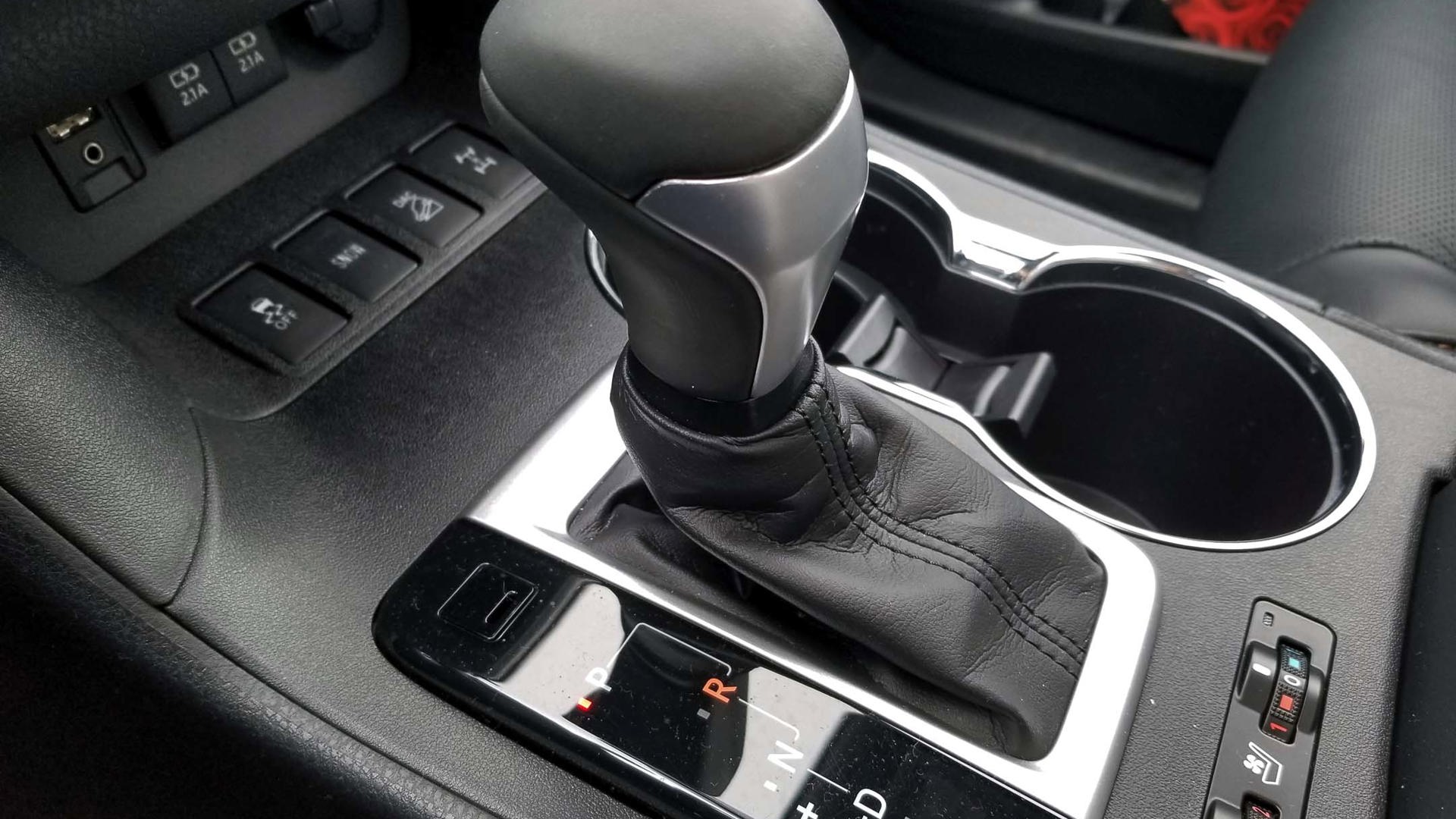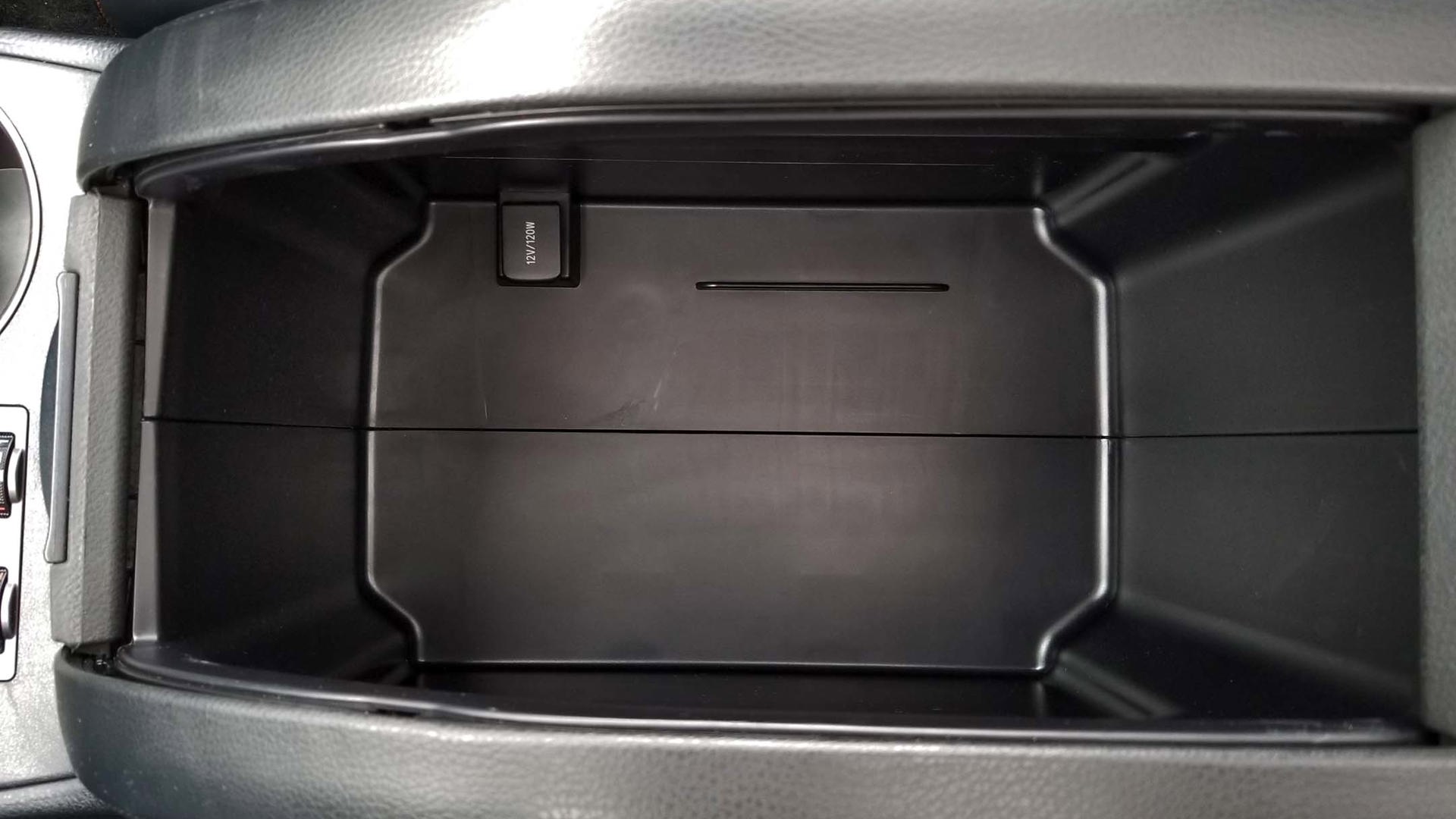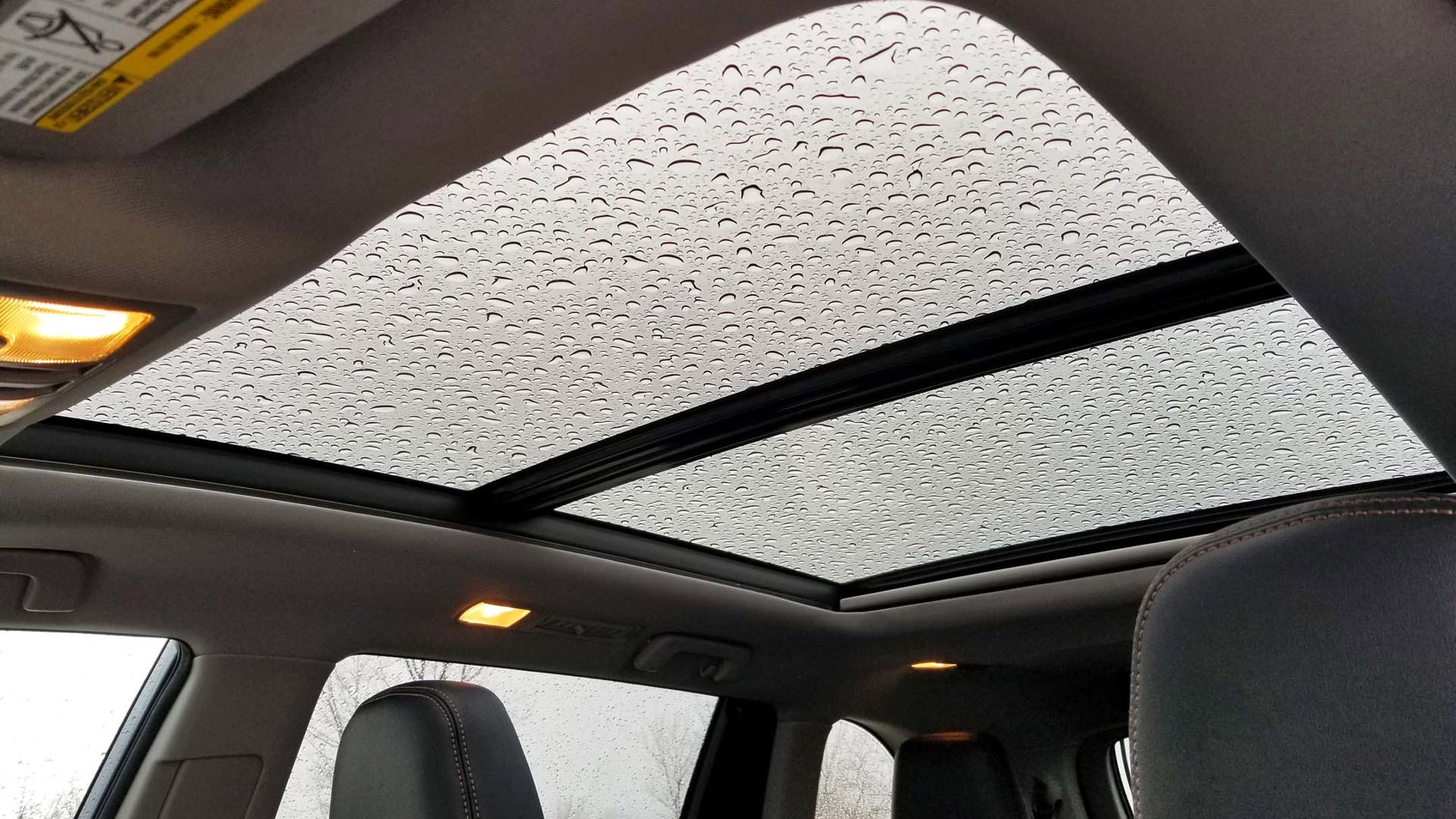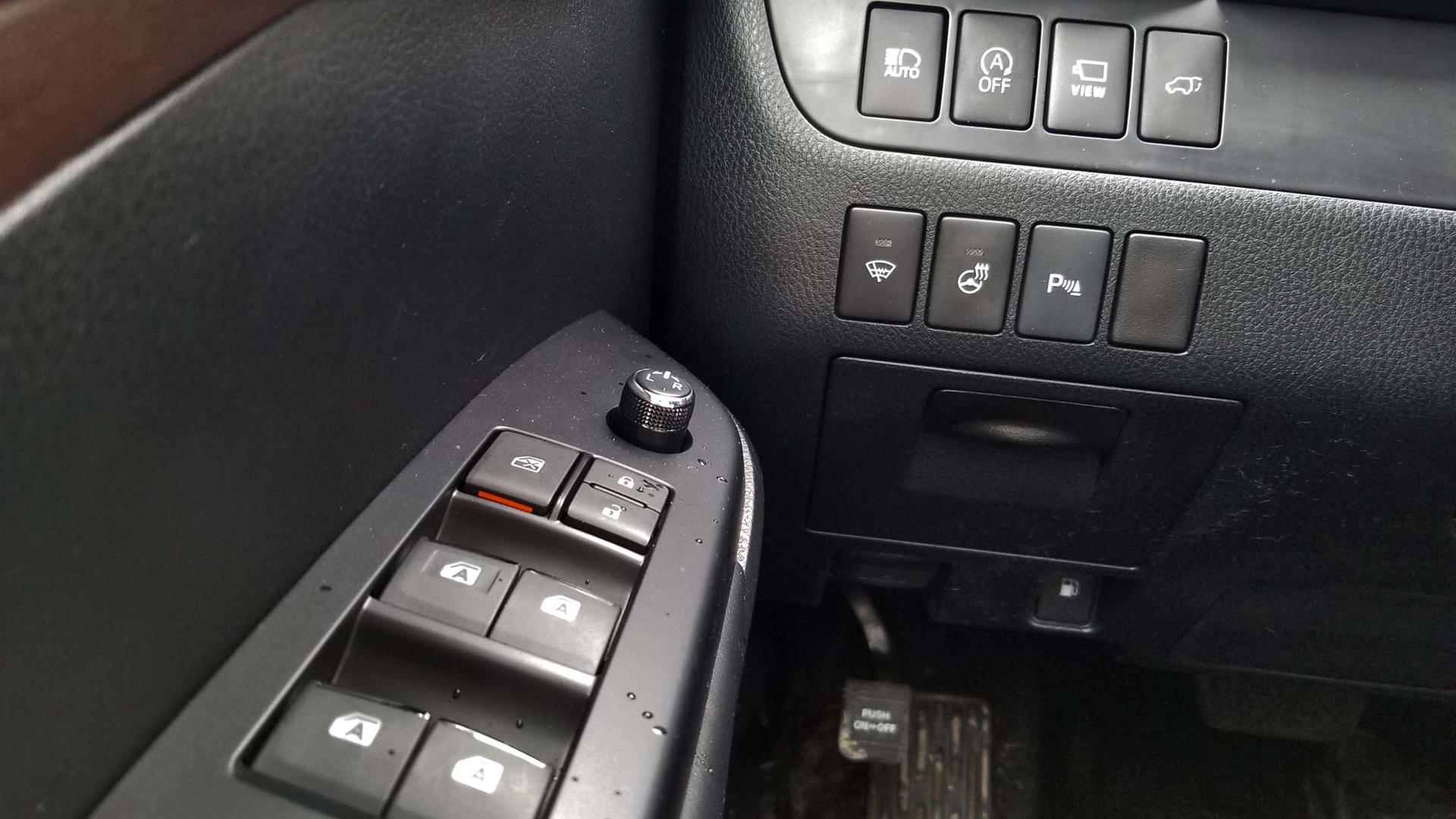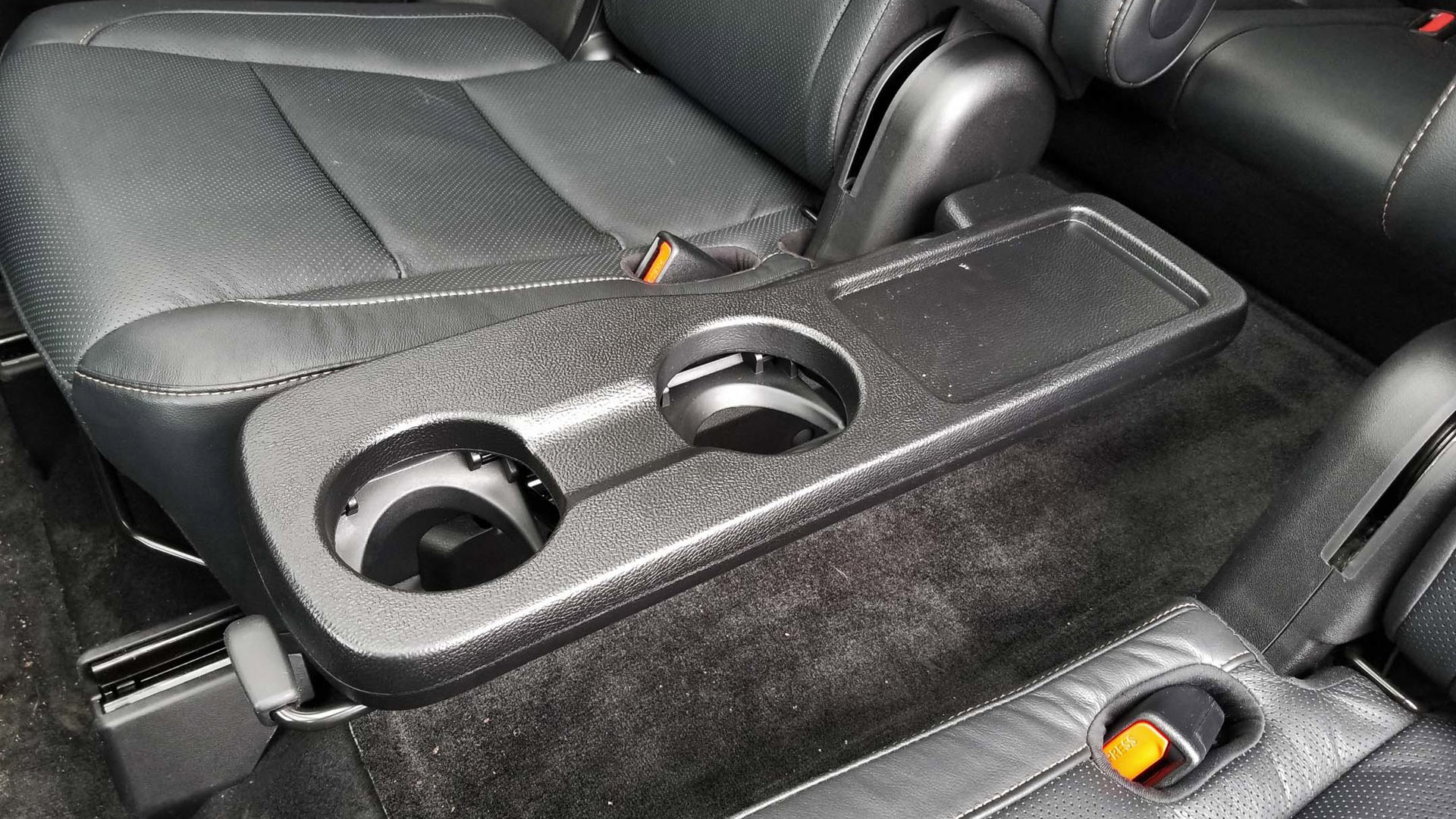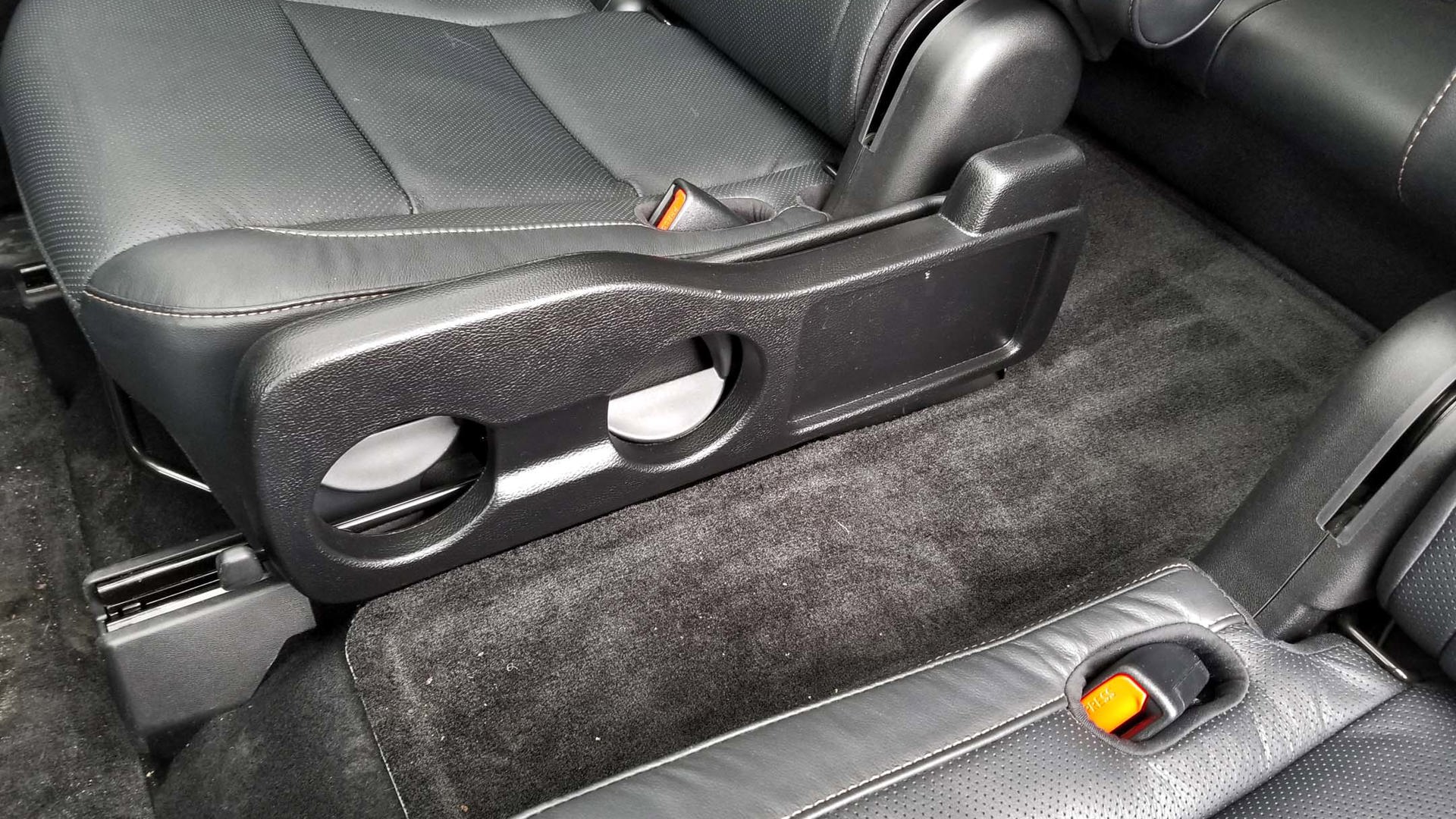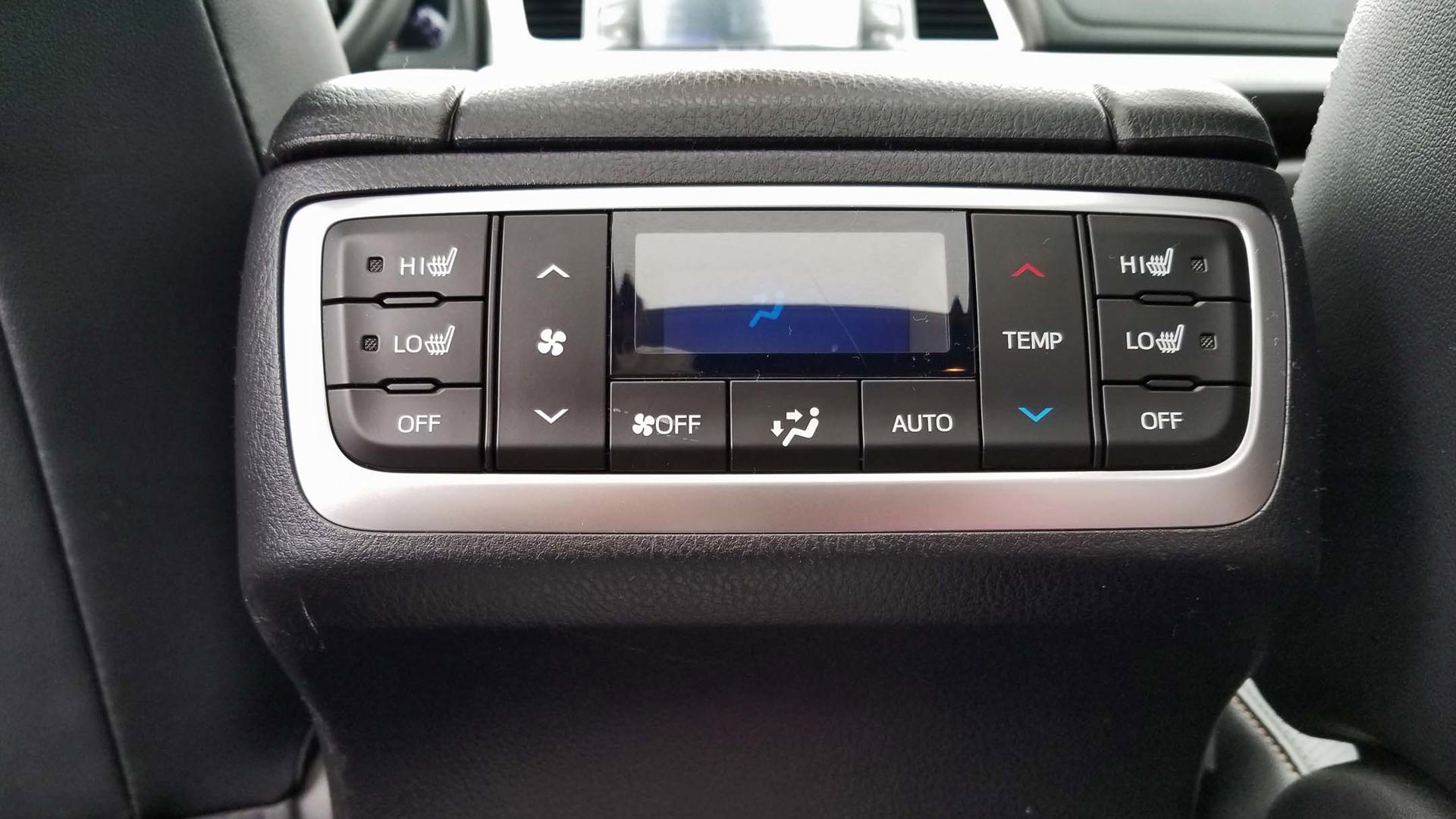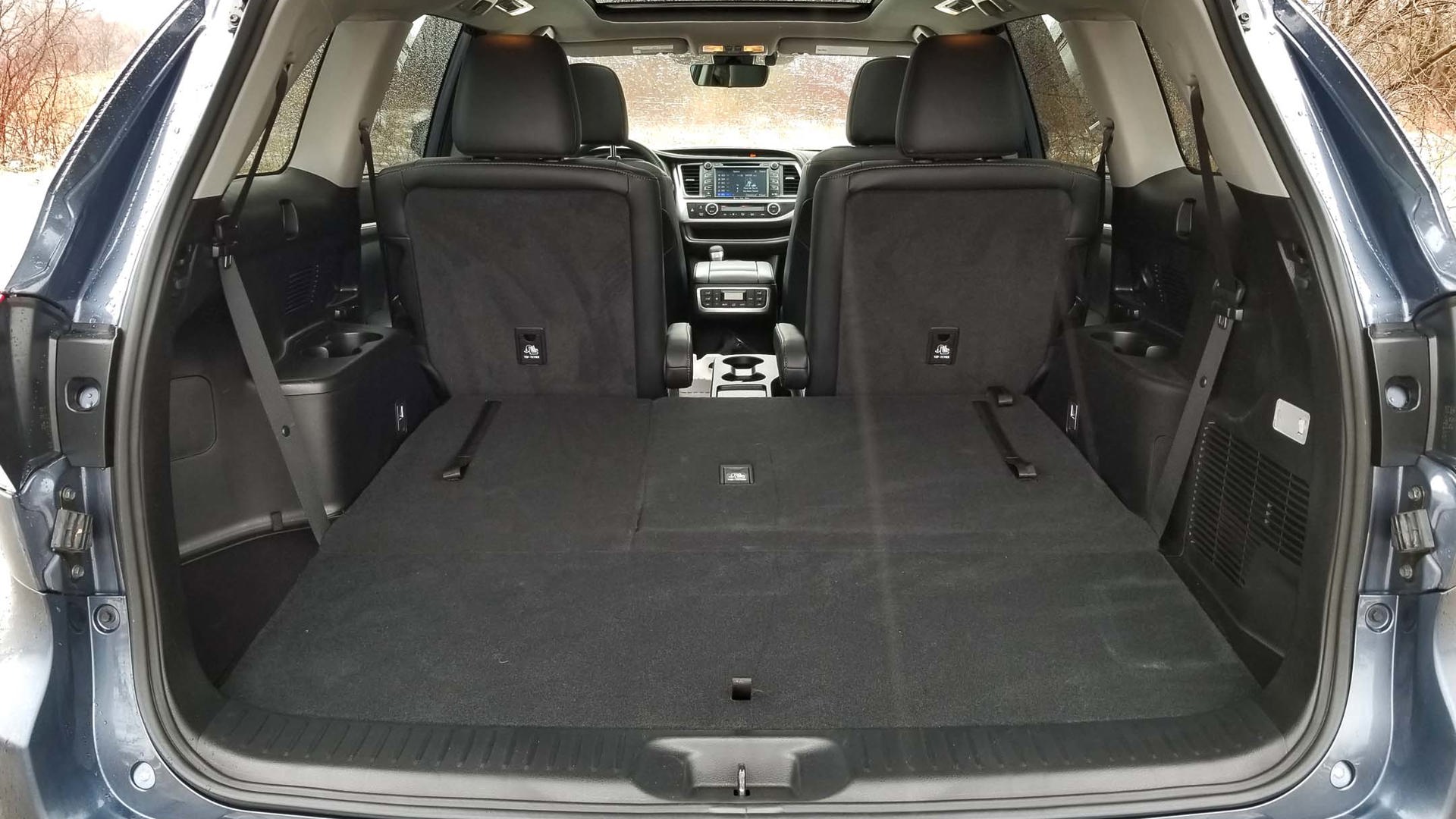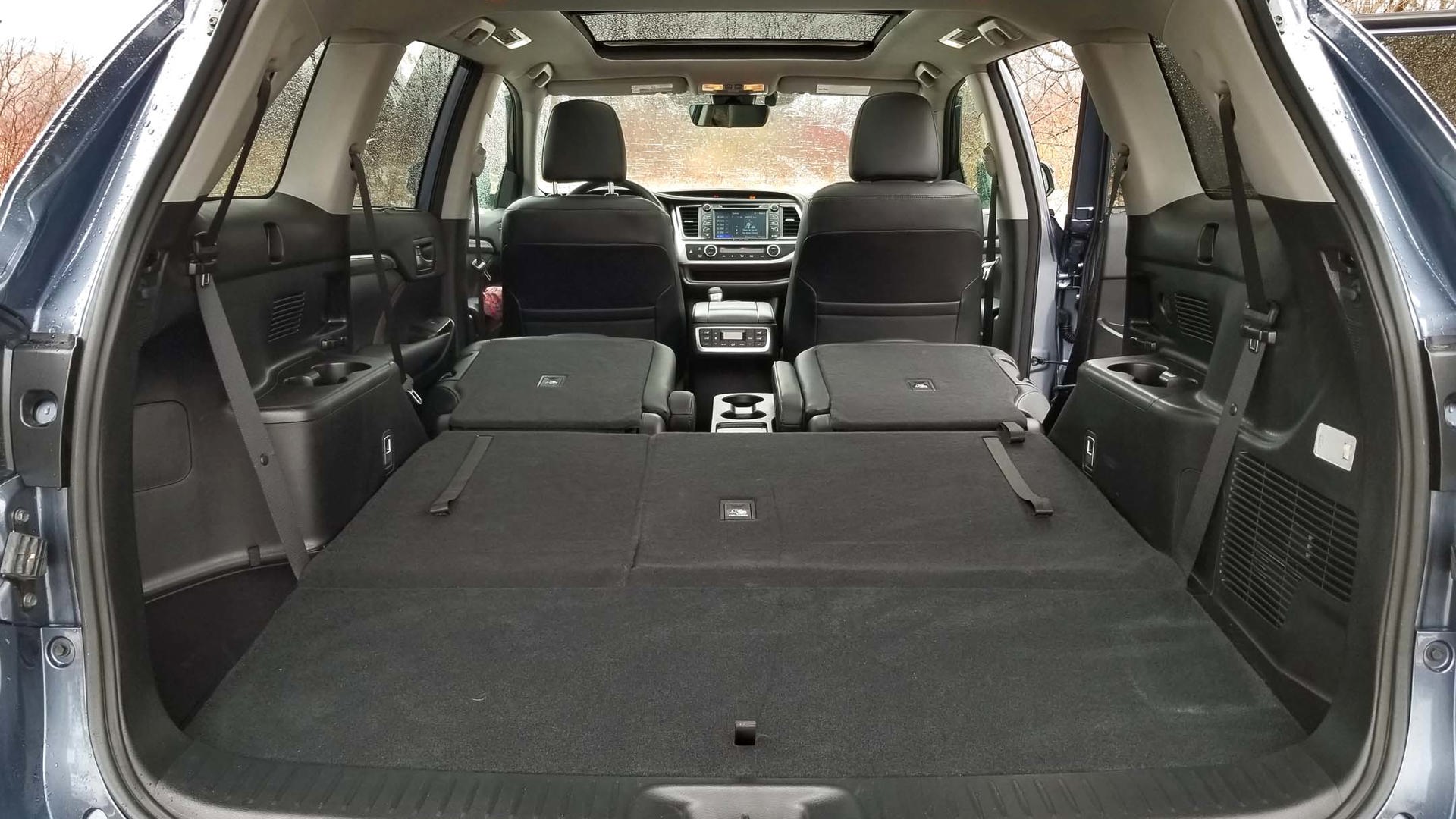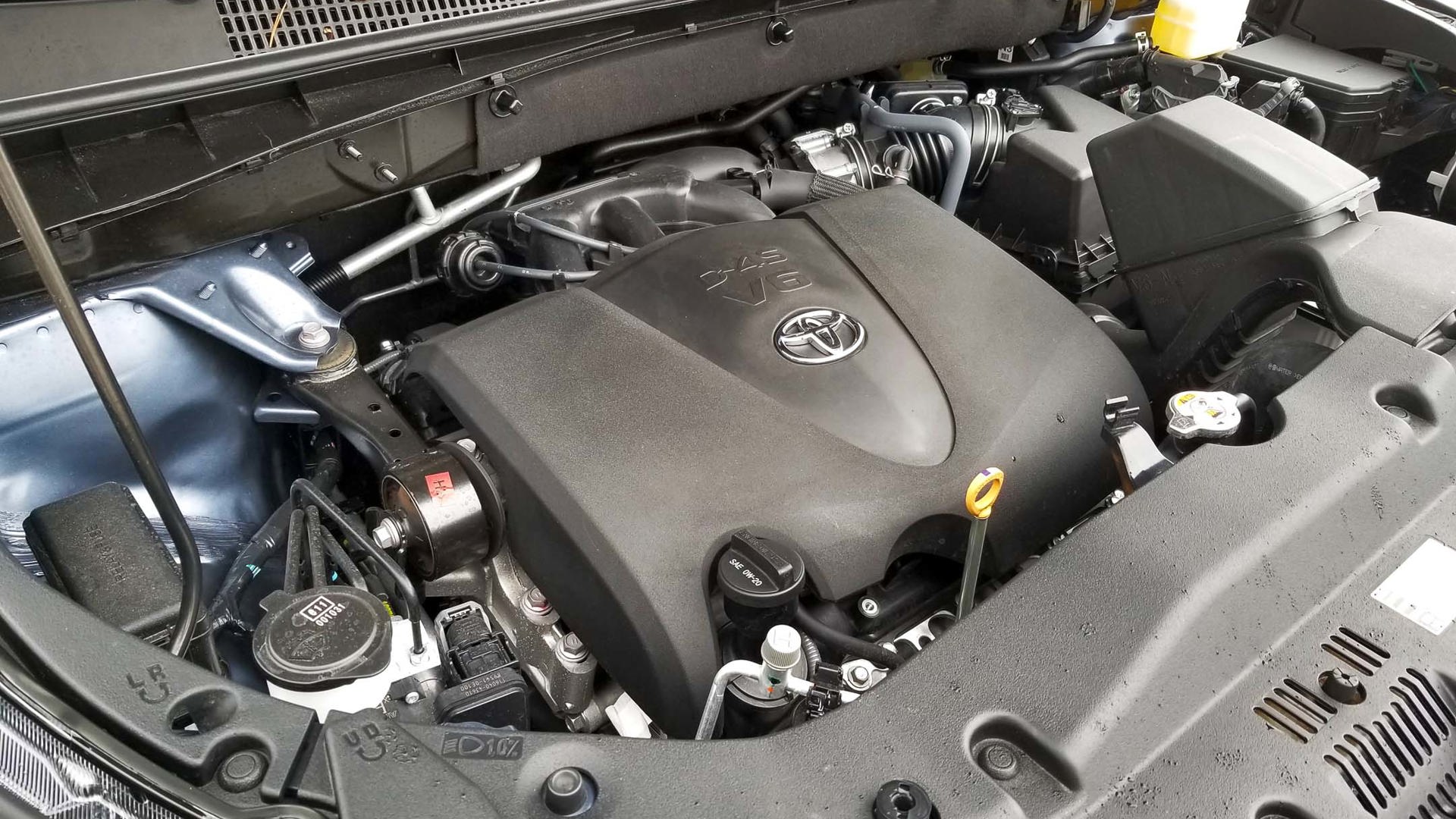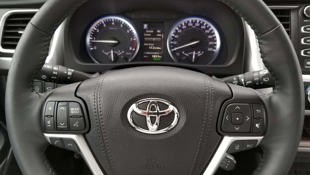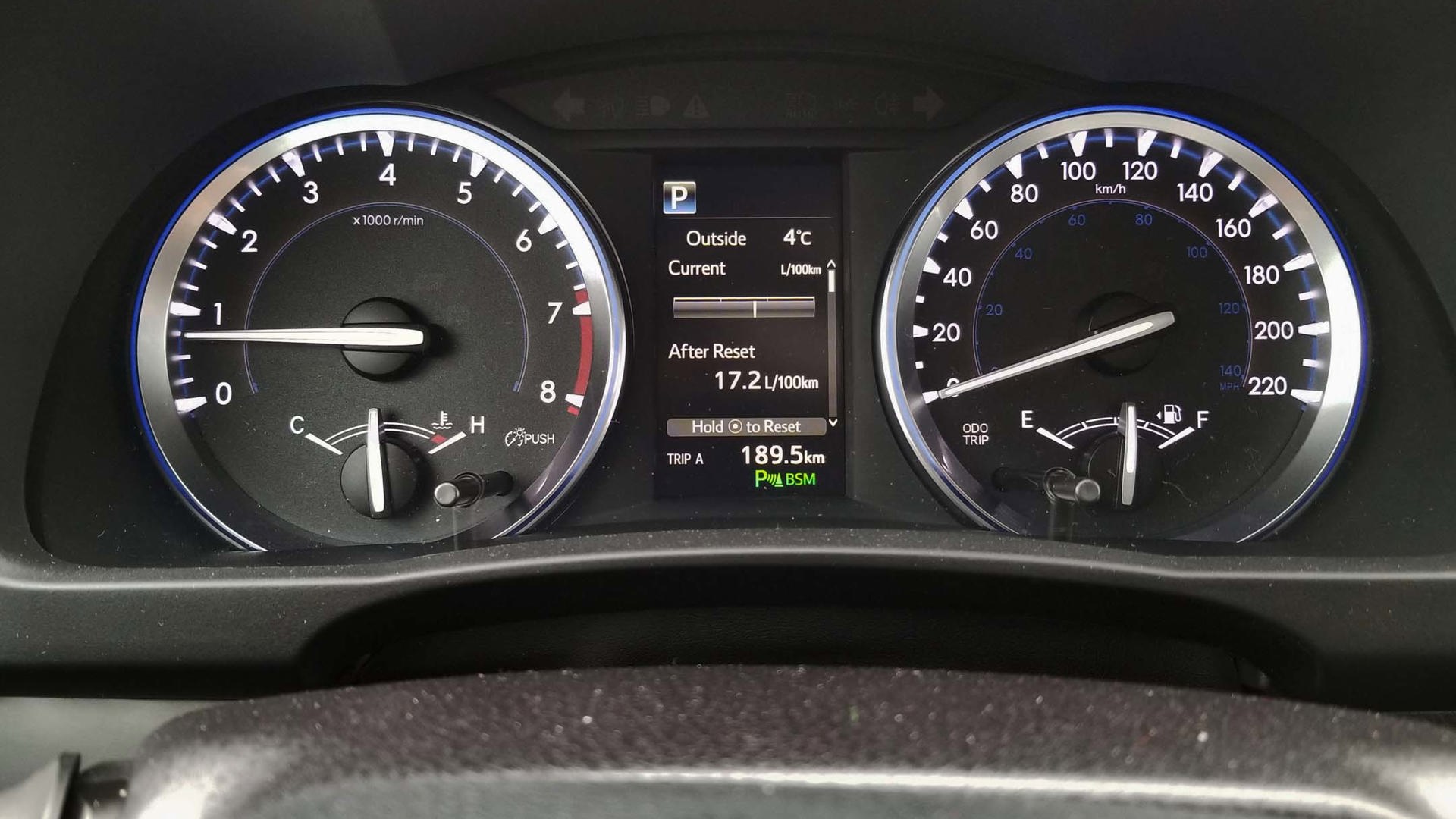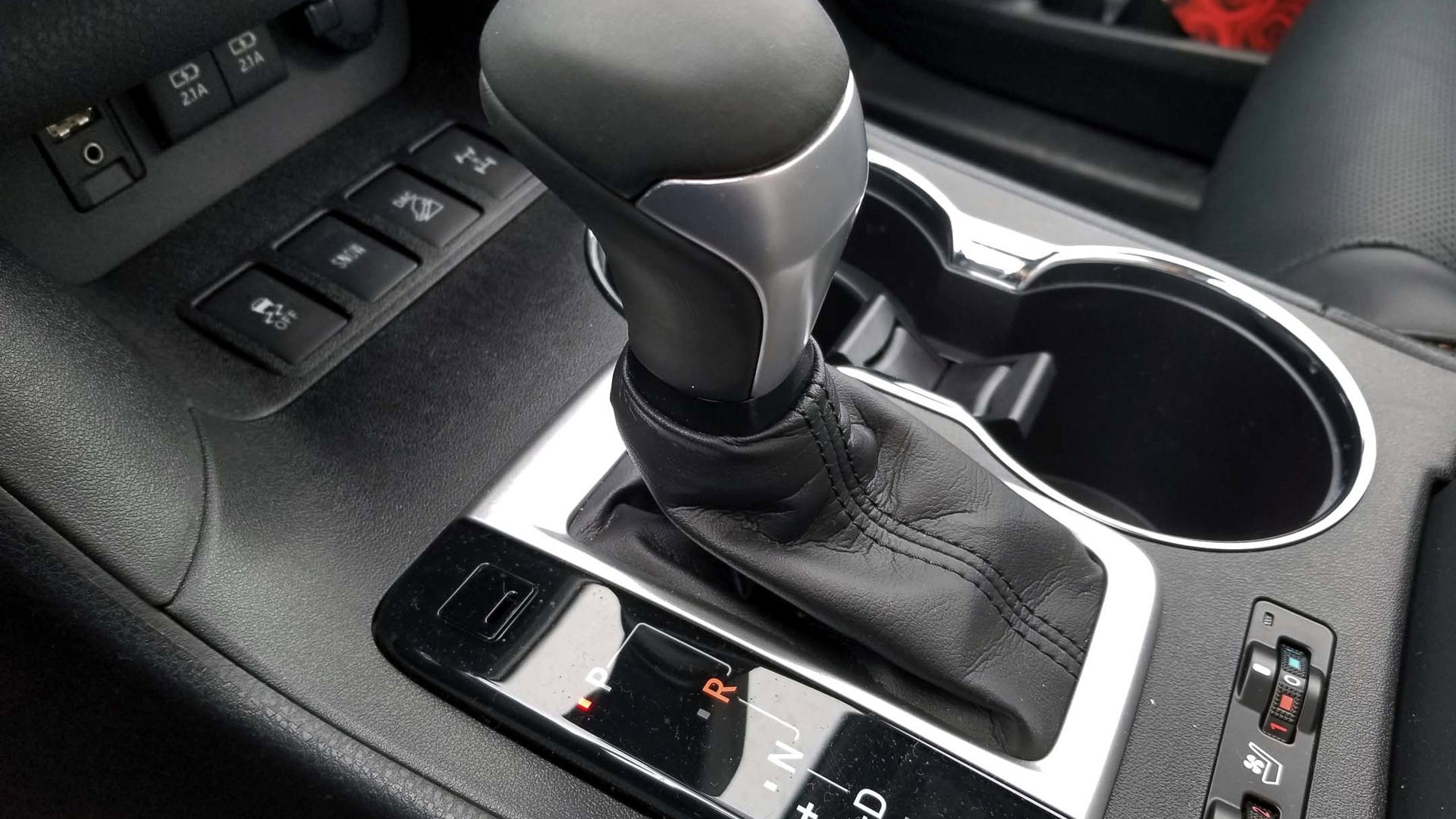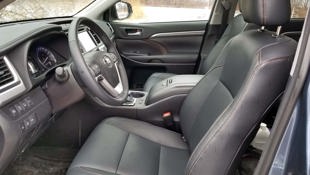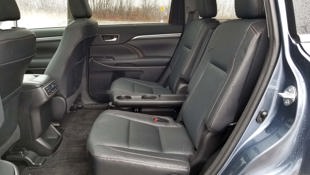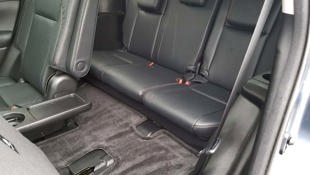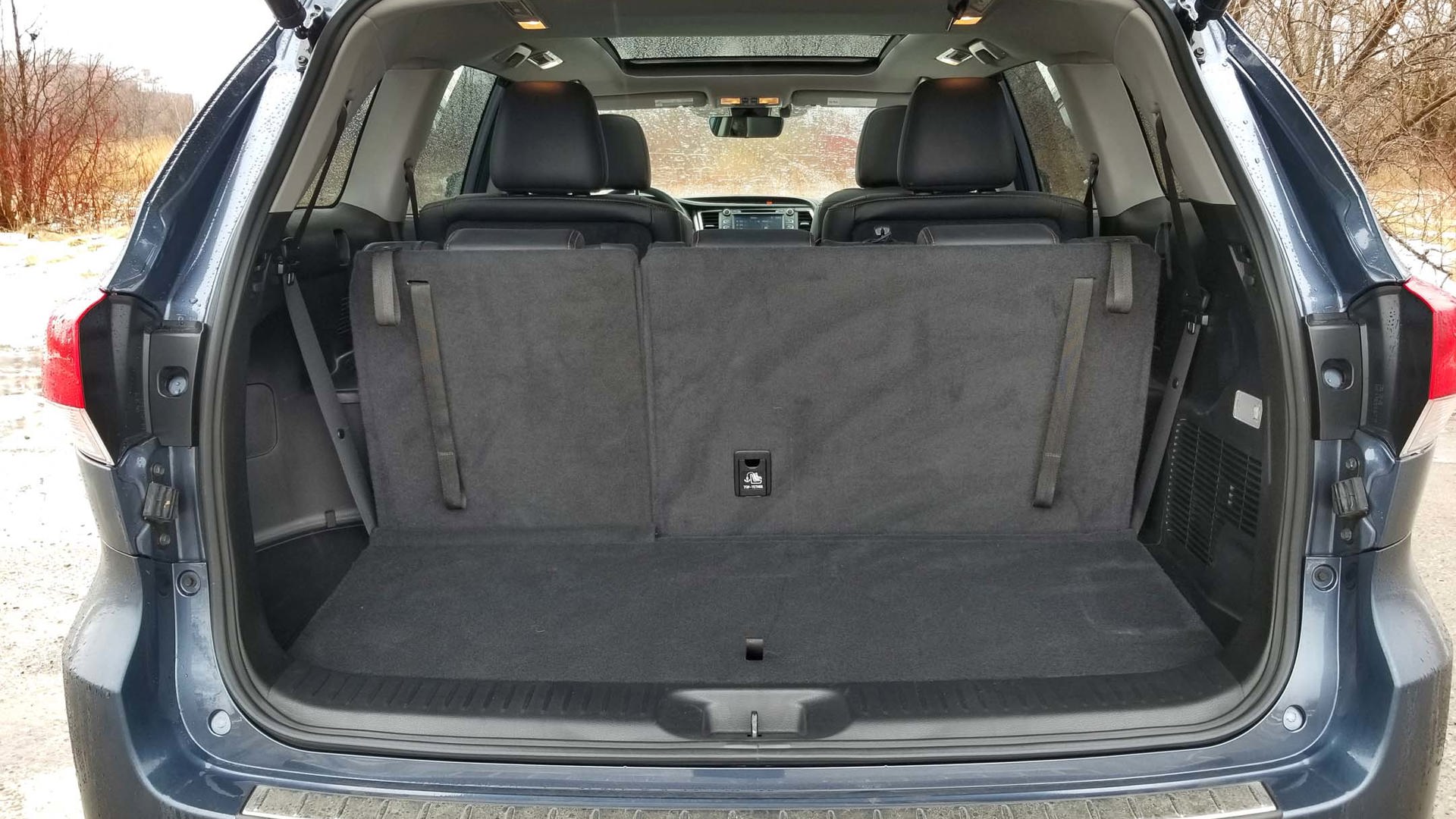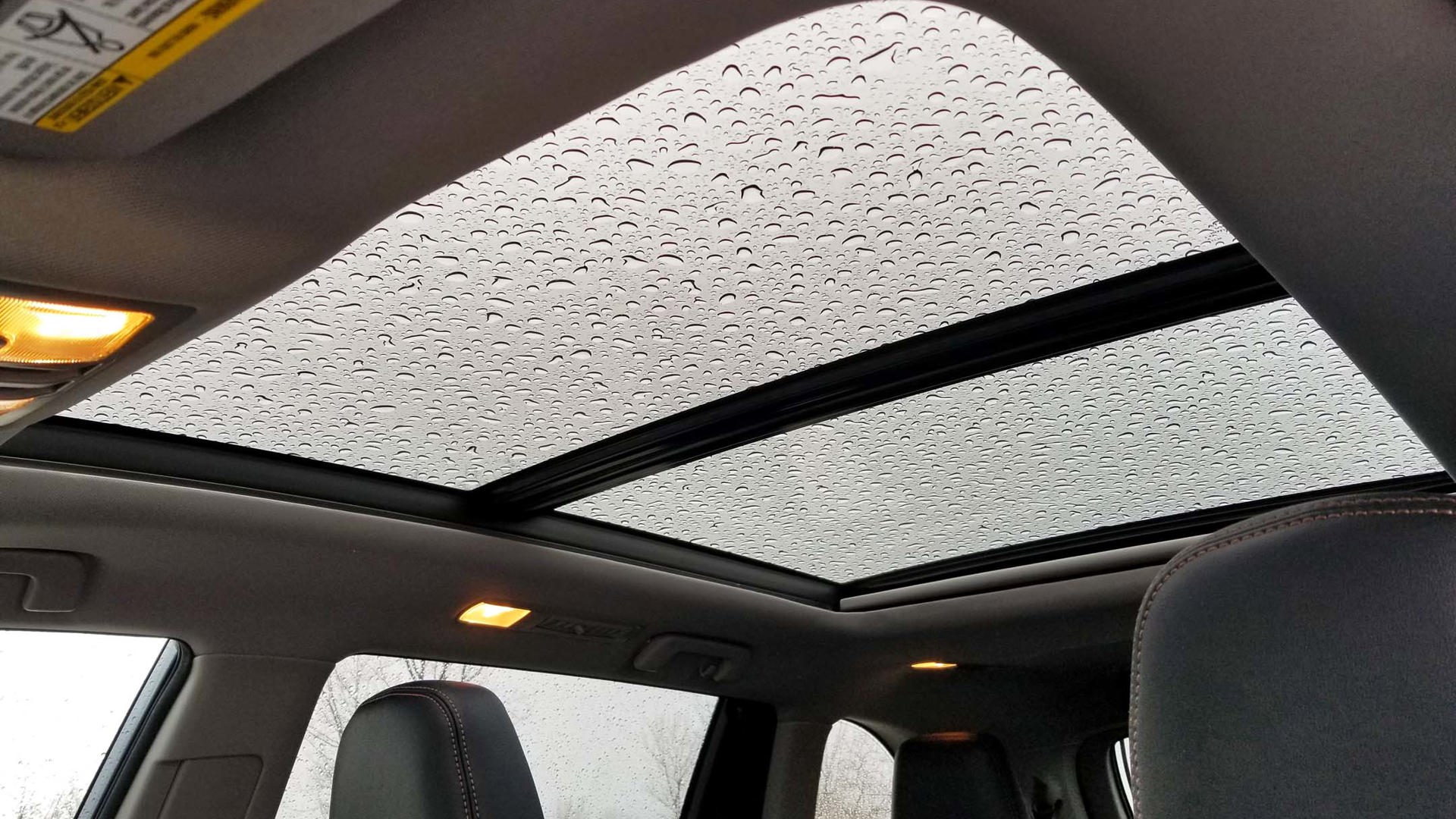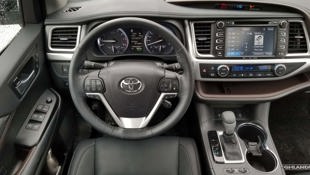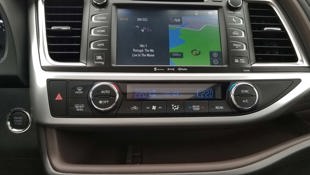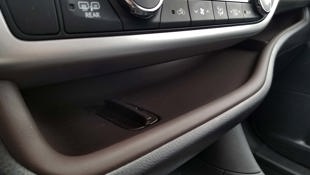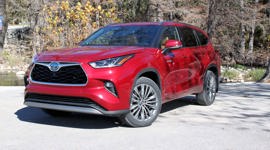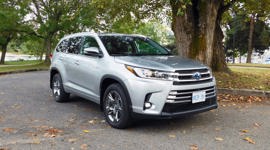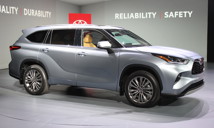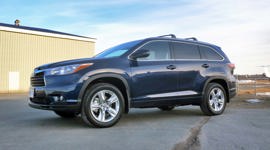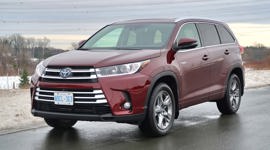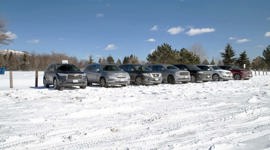 AutoTrader SCORE
AutoTrader SCORE
-
STYLING7/10
-
Safety8/10
-
PRACTICALITY9/10
-
USER-FRIENDLINESS7/10
-
FEATURES7/10
-
POWER7/10
-
COMFORT8/10
-
DRIVING FEEL7/10
-
FUEL ECONOMY7/10
-
VALUE7/10
With ever more three-row SUVs joining the market, it’s refreshing to rediscover a veteran that still has its priorities in a lot of the right places.
Sometimes, it’s the little things that make life easier.
Savvy parents know that big, grunty engines and fancy interiors may be nice and all, but they’re not going to keep the kids from screaming at each other or the Cheerios in the darned snack cup. The Toyota Highlander may not be the most beautiful SUV out there, or the most technologically advanced, but it does hit many of the marks that the people who need seven seats of functionality are looking for: clever use of space, usability, reliability, and safety.
The Highlander’s current generation may be getting a little long in the tooth, but its powertrain was updated in last year’s mid-cycle refresh. Its 3.5-litre V6 engine received a 25-horsepower boost up to 295 hp, and torque went up 15 lb-ft to a total of 263 lb-ft available at 4,700 rpm.
All trims also now come with an eight-speed automatic transmission, and all Highlanders in Canada except for the base trim models come with standard all-wheel drive.
Less thirsty, but your mileage may vary
In practice, the eight-speed transmission may be more efficient than the old six-speed, but it hunts around at times and feels relatively sluggish in its responses. The naturally aspirated engine is a dying breed in this segment thanks to the fuel efficiency that turbochargers and downsizing afford, and so while there’s plenty of spice there for throttle-down passing once the gearbox kicks down, there isn’t the same sense of acceleration satisfaction from a complete stop or in more casual driving as with some competitors.
But let’s be honest – most people who need a three-row SUV aren’t as terribly concerned with these details as they are with reliability of those parts, which Toyota has a reputation for in spades. It also drives very steadily and predictably for its size, though steering could be a touch more precise.
What does matter more, though, is fuel economy. The updates – which also include an available engine stop-start system that switches the engine off and on very smoothly – bring the Highlander closer to the top end of the segment at 12.0 L/100 km in city driving and 8.9 highway (versus 13.0 and 9.8 in the 2016 Highlander). But there are still some competitors out there that do better – particularly after a lot of city driving in traffic, which left me sitting at 17.1 L/100 km at the end of a week-long test.
Functional design
It’s not going to win any beauty contests, but the Highlander’s styling tells the true story of what this car is: practical and functional. The proportion of the grille against the front end and the way that the headlights extend out from it is aesthetically pleasing, if not especially remarkable. Those headlights are halogen lamps, not LEDs – worth noting for those who have a preference.
One feature that does stand out on the exterior is the massive rear doors, which make entry and exit for the back rows very easy. When the second-row seats are pulled forward, access to the third row is excellent. And while the gap may not be as wide if the seats are slid forward with a car seat installed, the Limited trim’s captain’s chairs open up a path between the seats. The third row isn’t supremely comfortable or spacious once you’re back there, but younger kids won’t mind it.
It’s on the inside where some of the finer design practicalities are a highlight: the small dashboard-integrated shelf where a phone can be set securely to charge; the centre console storage bin that’s large enough to fit a small handbag; the foldaway shelf between the captain’s chairs with two cupholders and a small indented tray that holds crayons or bite-sized snacks nicely. Sometimes, it’s the little things that make life easier.
Rear screen envy
This is the area in which the Highlander leaves some to be desired.
Right off the top: there’s no rearward entertainment system available, period. For families who take long drives with kids who are too young for their own devices, this can be a deal-breaker on its own. If you’re going to pay this much money for a three-row SUV, this option is readily available elsewhere.
Up front, the layout of the infotainment system is appealing on its face with a symmetrical layout of buttons and dials. But in practice, the right side of the screen is difficult to reach for drivers who don’t have especially long arms. Neither Apple CarPlay nor Android Auto are available yet – Toyota has finally begun to relent on CarPlay, though it will take some time for this to work its way through the lineup.
That said, the systems that are there work well. SiriusXM and on-board navigation are included on the top two trims, and while phone functionality isn’t quite as nice as with apps, the built-in interactions for making phone calls and responding to text messages are easy to use.
The available EasySpeak feature is included with the Limited trim, which projects the driver’s voice to the back of the cabin through the sound system. I’ve never felt the need to use it – my husband will tell you that my voice projects just fine, thank you very much – but softer-spoken parents or people who regularly transport a gaggle of kids might find it helpful. It also helps that the cabin is relatively quiet, which makes this feature somewhat less necessary on average.
Safety suite included, mostly
Every new Toyota Highlander, all the way down to the base model, comes with Toyota Safety Sense P, a suite of safety technologies that includes pre-collision system (both warning and automatic braking) with pedestrian detection, active cruise control, lane-departure alert with steering assist, and automatic high-beams. On the higher trims, including this top-tier Limited trim, blind-spot monitoring with rear cross-traffic alert is also equipped.
There are two key features that Highlander doesn’t offer that several competitors do that families with children may wish to keep in mind: automatic 911 calling and a rear seat reminder.
Toyota’s trims come with all-in pricing, which means that buyers with the budget for the Limited trim won’t pay extra for heated front seats (which in the Highlander are not standard across the board), ventilated front seats with memory function on the driver’s side, heated second-row seats and steering wheel, 19-inch wheels, a JBL 12-speaker audio system, auto up/down on all windows, a bird’s-eye-view camera that makes parking relatively easy for its size, a panoramic sunroof, rain-sensing wipers, and other exterior and interior accents.
Verdict
Families who need space have a lot of options these days. While the Toyota Highlander may not have the flash and pizazz of some of its competitors, it does have a very functional interior, a solid suite of safety technologies, and the backing of a brand with a reputation for reliability. It asks for some compromises up front, but the Highlander is likely to be a faithful companion for many years to come.
| Engine Displacement | 3.5L |
|---|---|
| Engine Cylinders | V6 |
| Peak Horsepower | 295 hp @ 6,600 rpm |
| Peak Torque | 263 lb-ft @ 4,700 rpm |
| Fuel Economy | 12.1/9.0/10.6 L/100 km city/hwy/cmb |
| Cargo Space | 391/1,198/2,356 L behind 3rd/2nd/1st row |
| Model Tested | 2018 Toyota Highlander Limited |
| Base Price | $50,645 |
| A/C Tax | $100 |
| Destination Fee | $1,785 |
| Price as Tested | $52,530 |
|
Optional Equipment
None
|
|
